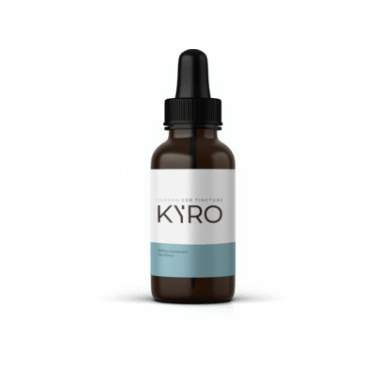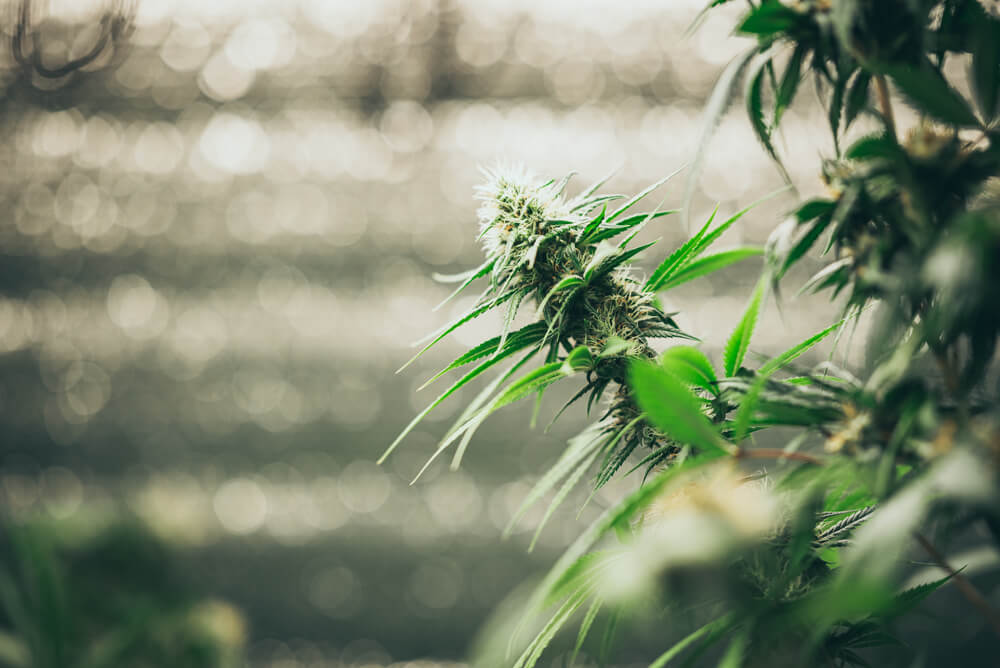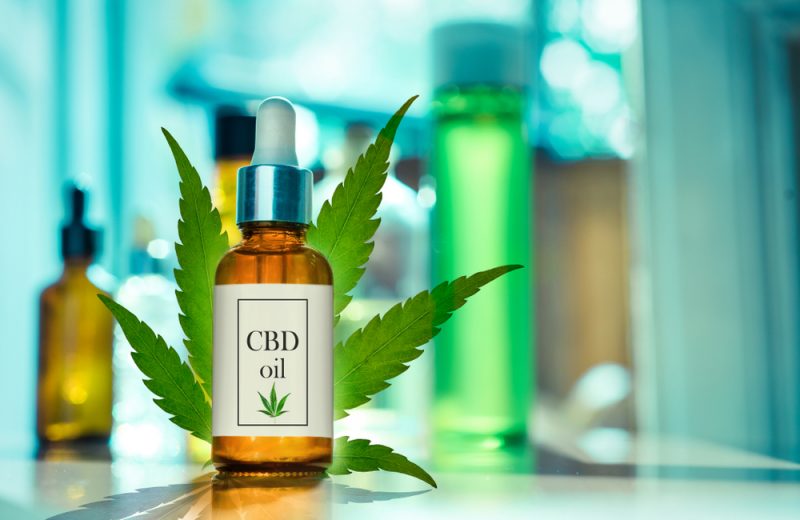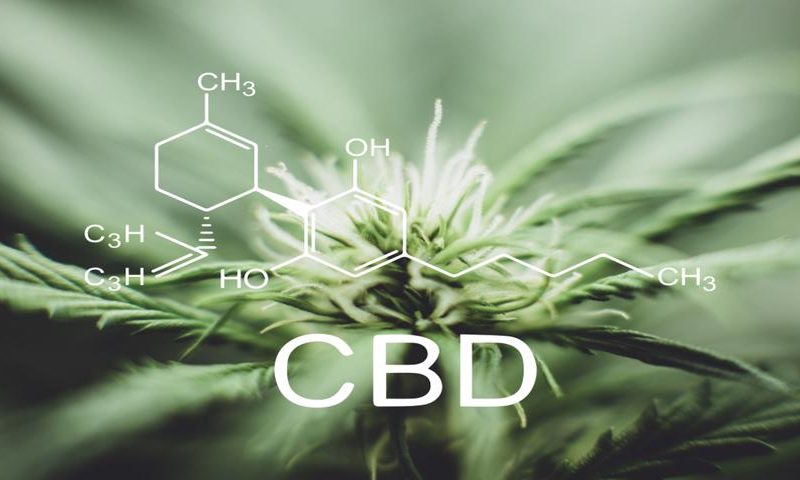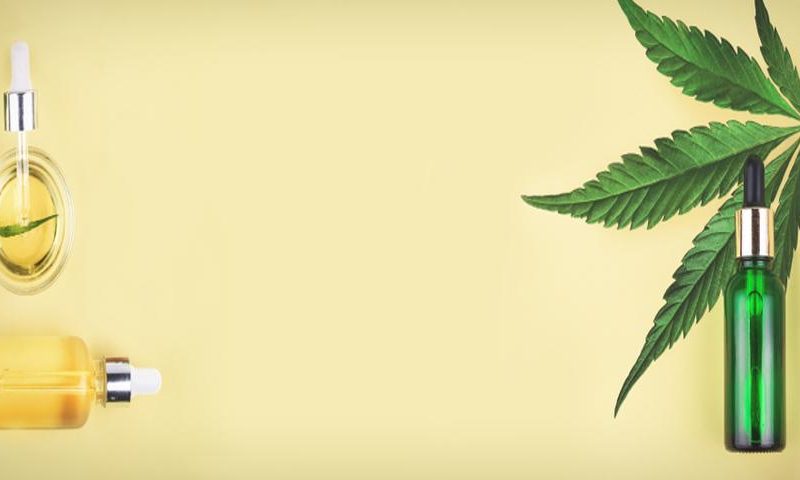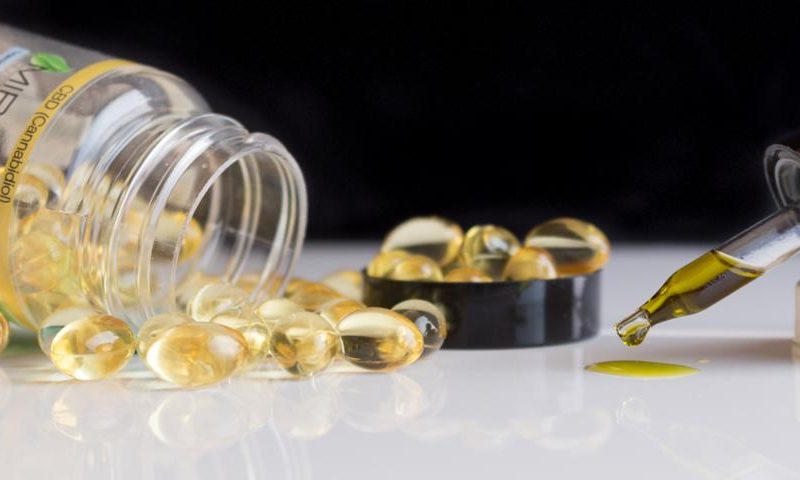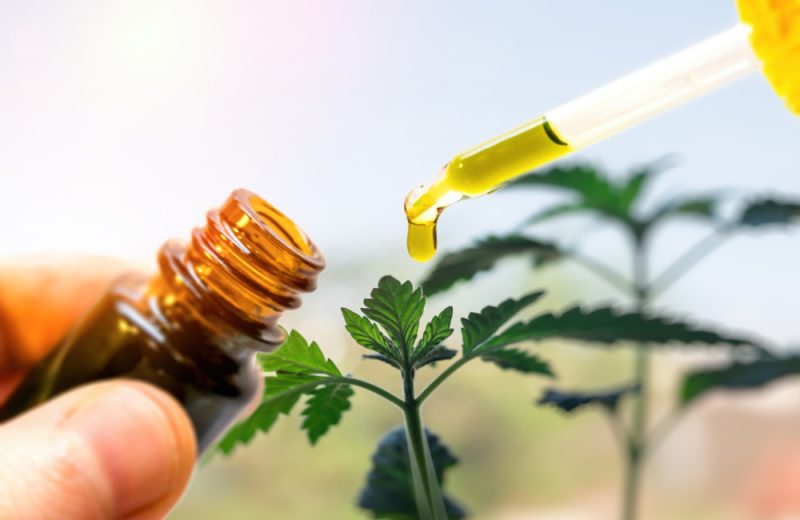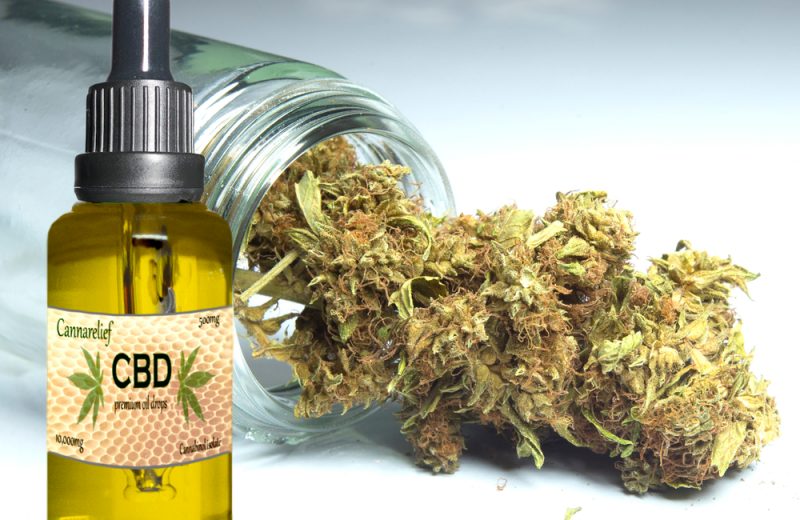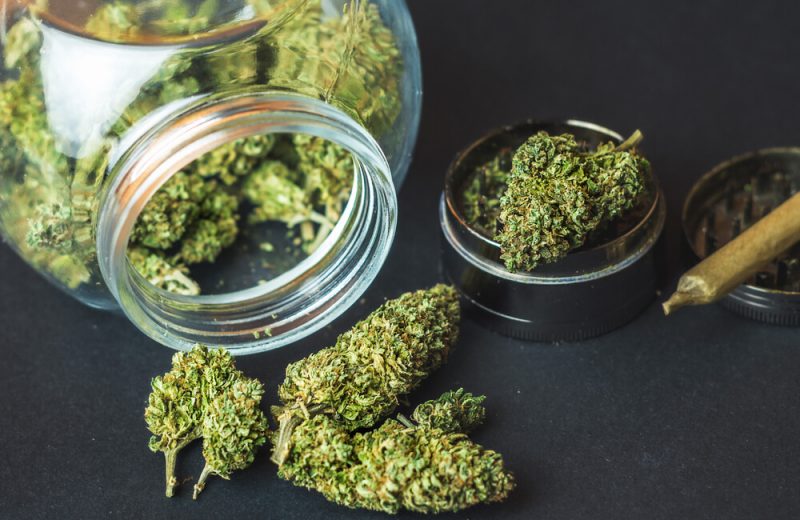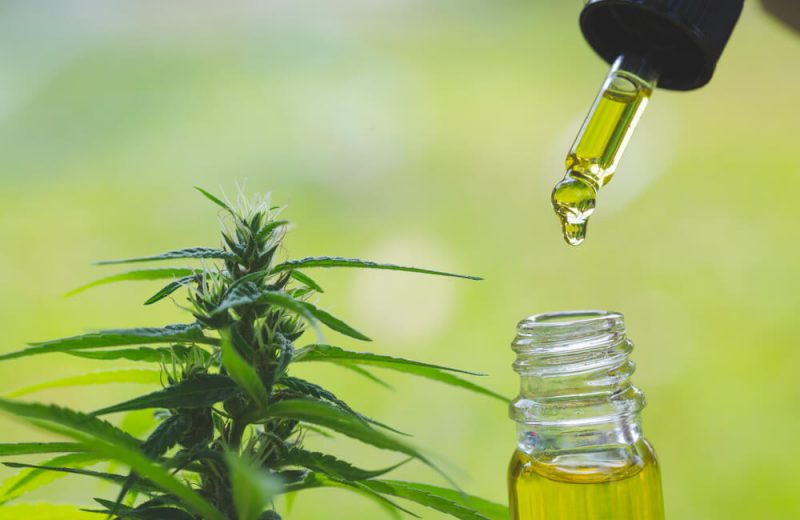Kansas experts have shared their findings from their first year of hemp research.
The team set out to explore the uses of CBD, or cannabidiol, back in 2018 when the Farm Bill was signed into action.
They shared their answers from last year’s trials at the very first K-State Industrial Hemp Conference in February.
The conference in Wichita, Kansas covered everything from insect management in hemp plants all the way to CBD fiber production in a bid to help farmers get hemp right.
It comes at a time when those in the industry are looking to grow the best plants possible, without breaking regulations, within an oversaturated market.
The findings of the research are listed below.
Insects and mites
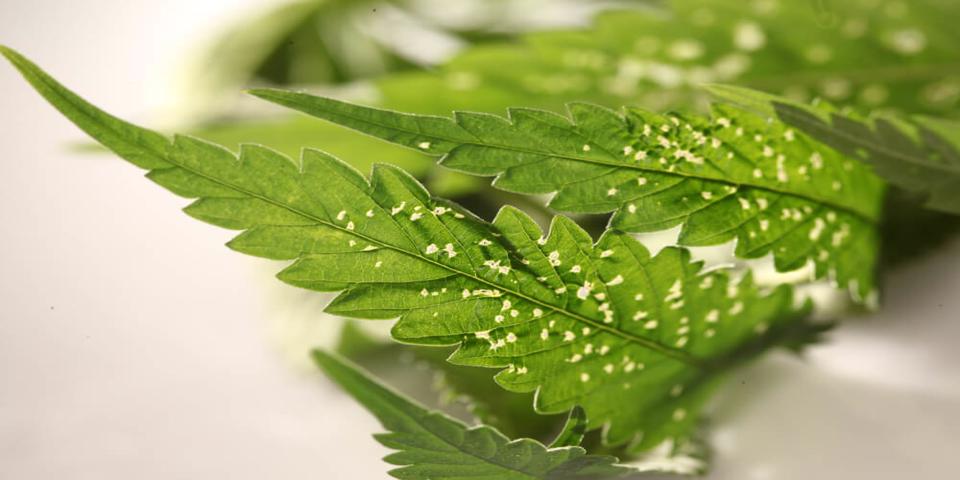
Professor and extension specialist in horticulture and entomology and plant protection Raymond Cloyd was at the convention to answer questions over insect management. Hemp farmers had asked the team to look into ways to stop mites from ruining their crops, as hemp tends to draw in a variety of pests.
Cloyd reminded the audiences they needed to check their plants daily for insects, and have a strong prevention plan in place. He said, “An extensive and aggressive plant protection program early on, in my experience in Colorado, it works.”
Cloyd added that while farmers may be allowing a small number of pests to reach their crops before removing them, this could have huge negative effects. “When insects feed on plants they produce secondary compounds that change the composition of the plant,” Cloyd warned. “THC and CBD content may also change in the plant in response.”
CBD regulations in the US state any plant found to contain more than 0.3% THC should be destroyed.
He suggested practicing good plant spacing and sanitation in the greenhouse, controlling weeds, and using forceful water sprays to physically disrupt pests.
Haysville findings
Jason Griffin shared findings from the John C. Pair Horticultural Center at Haysville on its grains and fiber project.
He shared that farmers shouldn’t wait until their crop is completely matured to harvest it, as it may shatter. He added crops should not be planted more than half an inch deep to receive just the right amount of moisture.
The Center is now researching the effects of hemp grain on livestock. Griffin said, “KSU Vet Med is feeding some of the seed and tracing the CBD through the animal.”
“It’s still not an approved cattle feed to enter the human food stream. But we want to see what happens when it enters the animal’s system.”
Olathe research
Cary Rivard, an expert at the Olathe Horticultural Center, shared the results of field vs high tunnel trials from the eastern Kansas site. They investigated how a farmer’s production system could affect impact yield, CBD, and THC content.
To test, the group used black and white plastic mulches and planted the hemp into a no-till, rolled spring oats cover crop, as well as in high tunnels.
They found hemp should be planted with time to grow by the summer solstice to support the amount of flowering needed. Plants grown on white plastic developed significantly better than those grown on black plastic, and a cover crop should be used when growing in a no-till system.
Rivard suggested farmers rogue their male hemp plants before they open to avoid pollinating female plants. He concluded, “CBD hemp is exciting, but there is a ton of potential in this state for fiber and grain hemp. We also have feral hemp, so pollination is an issue for hemp growers.” The center is set to continue its research this year.

